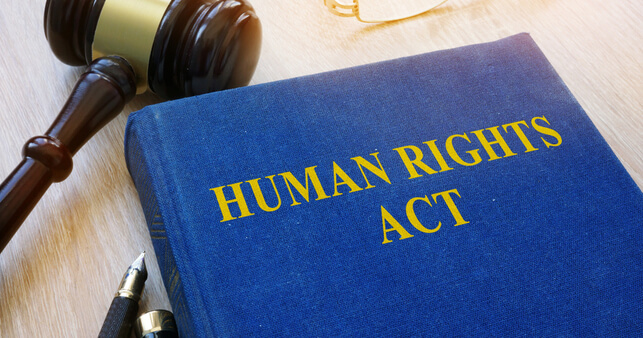
Despite an employer’s vigilance to health and safety practices, unfortunately accidents can still occur in the workplace. The Accident Compensation Act 2001 (the Act) is a piece of comprehensive New Zealand legislation that guides the law around injury prevention, rehabilitation of injured workers and entitlements following injuries, both in general and at work. Workplace injuries also fall under this Act.
The Act also outlines the way in which the Accident Compensation Corporation (ACC) operates in its role to provide comprehensive, no-fault personal injury cover for all New Zealand residents and visitors if they are injured in an accident.
As an employer, you will most likely encounter this Act if one of your employees is injured.
How does the ACC prevent injuries?
A key function of the Act is injury prevention. This is achieved by participating in joint ventures or sponsorships which target injury prevention, and by coordinating its efforts with other agencies (such as WorkSafe NZ or the Ministry of Business, Innovation and Employment).
The main goal of the Act is to prevent injuries in the community, and minimise the impact of injuries within the community. The Act also focuses on rehabilitation and fair compensation for injuries.
Where a workplace injury has already occurred, the Act outlines the next steps for employers and sets fair compensation entitlements for employees.
The Act has very specific processes and employers should take care to ensure they are paying the correct levies and supporting rehabilitating employees in accordance with the Act.
How to manage accidents in the workplace
Every business has different risks based on their industry specific equipment and the kind of tasks that are performed by employees. This means each workplace should have a risk assessment performed. The purpose of the risk assessment is to identify and manage hazards to reduce the probability of incidents occurring that could cause harm or injury for employees or clients.
How a business identifies and manages these risks will determine whether a workplace is considered safe, healthy and productive. Employers have a duty to do what is reasonable and practical to remove risks within the workplace. If the risk cannot be removed completely, an employer has a duty to reduce it as much as possible.
Employers must review risk management programs regularly and identify new risks that may emerge due to the introduction of new technology, work methods, and changes to industry legislation.
How is accident compensation calculated?
If an employee has a physical or mental injury covered by the Act, they are entitled to medical treatment, rehabilitation and weekly compensation for lost wages or salary. An employee is also entitled to a monetary lump sum to assist with a permanent disability. In the event of a fatal injury, this monetary form of compensation goes to the family members and is intended to help support them financially.
The amount of compensation an employee can receive depends on a number of factors.
The Act covers medical treatments such as emergency hospital visits, general hospital treatment, visits to the GP, physiotherapist, specialist treatment and surgeons. To decide if the treatment meets the requirements under the Act, the ACC will take into account how serious the injury is, the treatment options available in New Zealand and the generally accepted treatment for their specific injury.
Weekly compensation is calculated based on the employee’s pre-injury weekly earnings. If an employee is injured at work, the employer must pay for the first week of compensation (usually at 80% of the employee’s weekly earnings). An employer cannot require an employee to take paid sick leave during that first week. If the employee is not injured at work, they do not get any compensation for the first week.
What is considered a workplace accident?
In the Act, an accident is defined as a specific event or a series of events, other than a gradual process, that:
involves the application of a force or resistance which is external to the body
involves the sudden movement to the body to avoid a force or resistance that is external to the body
involves a twisting movement of the body
Other forms of accidents include:
breathing in or swallowing a dangerous liquid, gas or foreign object
long-term exposure to asbestos at work
burns or exposure to radiation, but this does not cover sunburn
absorbing chemicals through the skin over a period of up to one month
What is NOT covered under the Act?
injuries not caused by a specific event, such as those that appear for no apparent reason
injuries caused by an internal force inside the body, such as chronic muscular pain caused by a coughing fit
common illnesses caused by breathing in viruses or bacteria such as colds and fevers
conditions caused by exposure to the natural elements such as sunburn and hypothermia
damage to teeth or dentures that occur through everyday activity
For further advice on the Accident Compensation Act 2001, or information on how to conduct a workplace risk assessment, contact Employsure on 0800 568 012.



